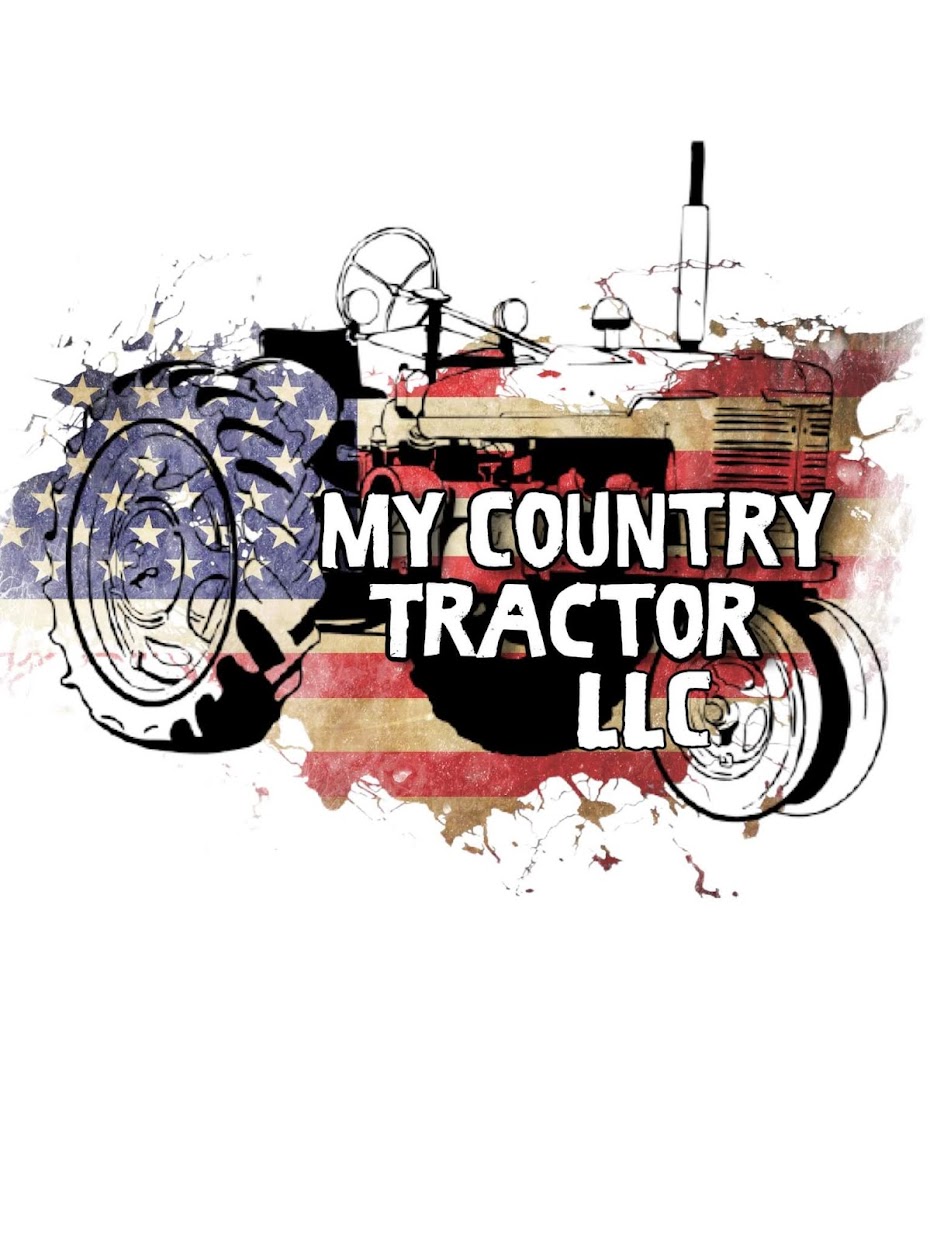There has been substantial discussion and debate among lawmakers about the implementation of a cap-and-trade (CAT) policy as a means to mitigate the level of greenhouse gas (GHG) emissions in the United States. According to the Environmental Protection Agency, CAT is an environmental policy tool that will reduce GHG emissions by placing a mandatory cap on the level of carbon dioxide and/or carbon dioxide equivalents (e.g., methane and chlorofluorocarbons) that industries emit, while at the same time providing flexibility in how they comply. In response to the increase in political support for a cap-and-trade policy, agricultural producers and landowners have increased their interest in understanding how the CAT policy might affect their operations. The purpose of this article is to provide a brief overview of this subject.
In the current version of the proposed CAT legislation, production agriculture is exempt from the restrictions associated with the program. As a result, farmers and ranchers will not be required to track and/or offset their greenhouse gas emissions. Instead, CAT is being proposed as a means for landowners to generate substantial economic benefit from selling carbon offsets they can accumulate by participating in one of four soil- and/or forest-based carbon sequestration programs. These programs include:
1. adoption of conservation tillage practices such as no-till and strip-till in place of intensive practices commonly used;
2. permanent establishment of grassland or pastureland;
3. adoption of established native range management practices; and
4. establishment of trees on land previously used for non-forestry activities (i.e., afforestation) or reestablishment of trees on lands that were previously forested (i.e., reforestation).
Participation in one or more of these programs requires landowners to verify that the sequestration of carbon dioxide is occurring or has occurred according to criteria established by the program. Verification of a sustainable management plan for any of the four methods must be provided through a third-party process. Currently, arrangements for the third-party verification processes are being managed by aggregators who serve as legal brokers between landowners who wish to sell carbon offsets and industries who wish to purchase offsets. Currently, aggregators are assessing an average fee of 20 percent of the per-acre carbon payment for their services and require landowners to enter their carbon offsets into a long-term contract, typically five to seven years.
Proponents of CAT have affirmed that if the policy is passed into law then carbon offset credits would have a price range somewhere between $20 and $50 per metric ton. Although it is difficult to determine today what the price of carbon will be in the future, we point out that on April 29, 2009, the 2010 futures price of carbon offset reported by the Chicago Climate Exchange (CCX) traded at $1.60 per metric ton. Sequestered carbon allowances vary by program type and location, and have been set by the CCX. Depending upon the program and the region, carbon allowances range from a low of 0.2 tons per acre for the conservation tillage program to a high of 2.6 metric tons per acre for a forest-based program. Based on the allowances and price information reported by CCX, we have calculated per-acre annual payment to landowners for carbon sequestered for each of the four carbon sequestration programs. This information is provided in the accompanying table. Landowners can use this information to help them decide whether or not they should consider entering into a contract arrangement with an aggregator to sell carbon on the Chicago Climate Exchange. You can find this and past articles on the web at www.mycountrytractor.com for your reference. Extension programs serve of all ages regardless of socioeconomic level, race, color, sex, religion, disability, or national origin. The Texas A&M University System, U.S. Department of Agriculture, and the County Commissioners Courts of Texas Cooperatings serve of all ages regardless of socioeconomic level, race, color, sex, religion, disability, or national origin. The Texas A&M University System, U.S. Department of Agriculture, and the County Commissioners Courts of Texas Cooperating
Thank you,
Tommy Neyland
County Extension Agent
Texas Agrilife Extension Service
P.O. Box 188
Centerville, Texas 75833
903.536.2531 phone
903.536.3804 fax

No comments:
Post a Comment